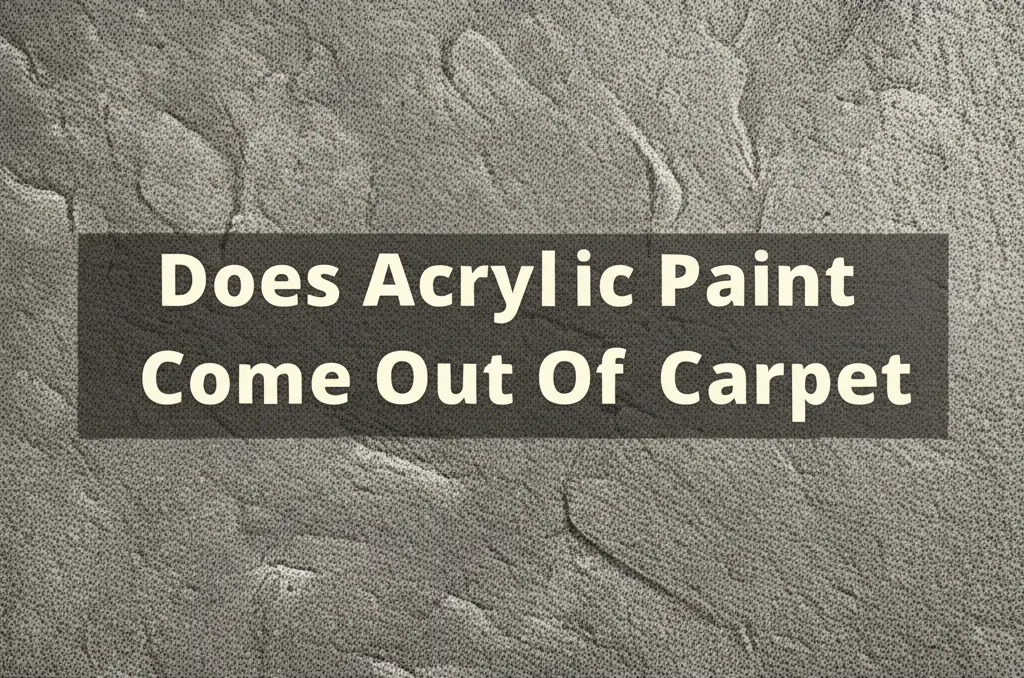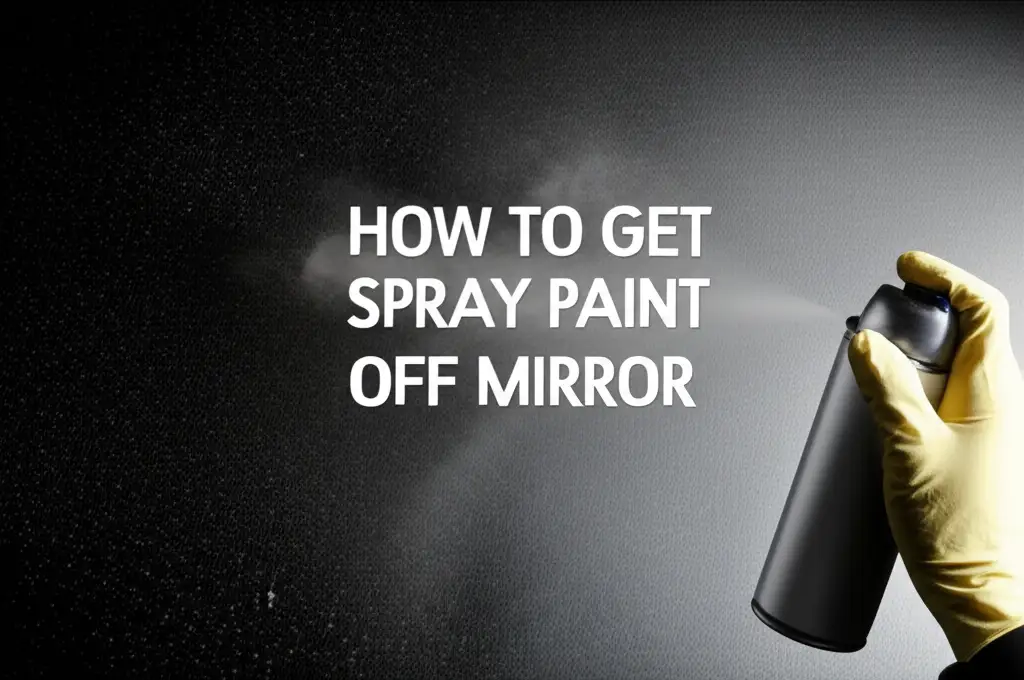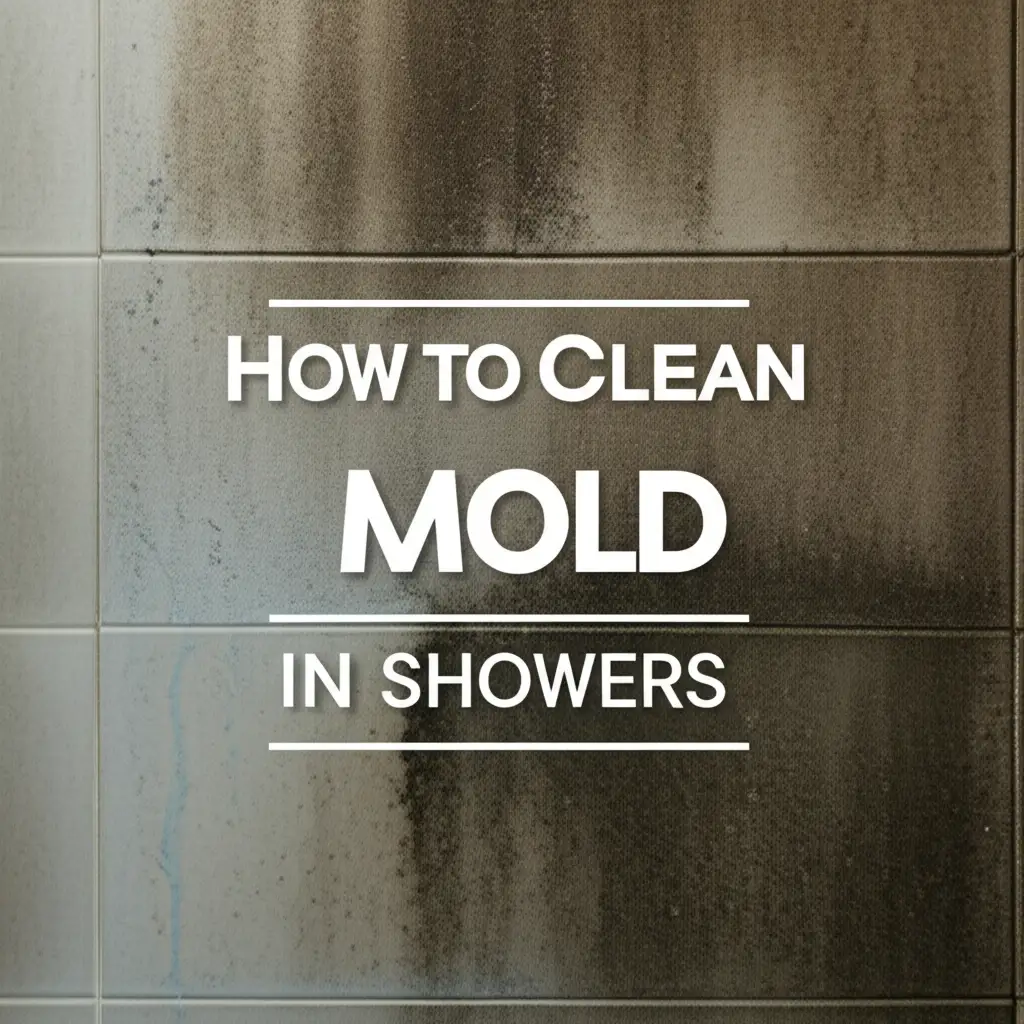· Elira Thomsen · Home Cleaning · 19 min read
Does Acrylic Paint Come Out Of Carpet

Does Acrylic Paint Come Out Of Carpet: Your Guide
A splash of vibrant acrylic paint on your carpet can feel like a disaster. I know that sinking feeling when a brush slips or a paint pot tips. You might wonder if your beautiful floor is ruined forever. Many people feel this way, fearing the worst when it comes to paint spills. But here is some good news: removing acrylic paint from carpet is often possible. It just takes the right approach, a bit of patience, and the correct cleaning supplies.
Acrylic paint, while durable once dry, is water-based when wet. This makes it more forgiving than oil-based paints. The key to success often lies in acting quickly. However, even dried acrylic paint stains are not always permanent. This guide will walk you through effective strategies to tackle acrylic paint spills. We will cover methods for both wet and dried paint, using common household items and specialized products. You will learn how to assess the stain, choose the best removal technique, and restore your carpet. Let’s make that paint stain a thing of the past.
Takeaway
- Act fast: Blot wet spills immediately.
- Blot, do not rub: Rubbing pushes paint deeper into fibers.
- Test solutions: Always test cleaning agents on an inconspicuous area first.
- Work from outside in: Prevent spreading the stain.
- Repeat steps: Multiple applications often work better than one strong one.
Does acrylic paint come out of carpet? Yes, it often does. Wet acrylic paint is relatively easy to remove with prompt action and gentle blotting. Dried acrylic paint requires more effort, possibly involving scraping, softening agents, and repeated cleaning. Success depends on the paint’s age, carpet type, and your method.
Understanding Acrylic Paint and Carpet Fibers
Acrylic paint is a popular choice for artists and DIY enthusiasts. It dries quickly and offers vibrant colors. The paint is water-soluble when wet, but it becomes water-resistant once dry. This change happens as the water evaporates and the acrylic polymers form a solid, durable film. This characteristic makes fresh spills easier to manage than dried ones.
Carpet fibers play a big role in how well a stain comes out. Most carpets are made from synthetic fibers like nylon, polyester, or olefin. These fibers are generally less absorbent than natural fibers like wool or cotton. Synthetic carpets often resist staining better, making paint removal more successful. Natural fibers tend to absorb liquids more deeply, which can make paint stains harder to lift. The weave of the carpet also matters. Tightly woven carpets might hold paint closer to the surface. Looser weaves can allow paint to penetrate deeper into the carpet backing.
When acrylic paint hits carpet, it coats the individual fibers. If it dries, it essentially “glues” the fibers together. Understanding this helps you choose the right removal method. For wet paint, you want to absorb it before it dries and bonds. For dried paint, you need something that can break down or soften that bond without damaging the carpet. Knowing your carpet’s material is a good first step. It helps you pick a cleaning solution that is safe for your specific flooring.
Act Fast: Tackling Wet Acrylic Paint Stains
Time is your biggest ally when dealing with wet acrylic paint on carpet. The moment you notice the spill, immediate action is crucial. Do not delay, as wet paint has not yet bonded fully with the carpet fibers. Your goal is to absorb as much of the liquid paint as possible before it dries and hardens.
First, grab clean paper towels or a white cloth. Avoid colored cloths, as their dyes can transfer to your carpet. Gently blot the spill. Press the cloth onto the paint, lifting it straight up. Do not rub the paint. Rubbing spreads the paint and pushes it deeper into the carpet fibers, making the stain larger and harder to remove. Think of it like a sponge absorbing liquid. Use a fresh, clean part of the cloth for each blot. Continue blotting until no more paint transfers to the cloth.
Once you have removed most of the excess paint, you can start with a cleaning solution. Mix a small amount of liquid dish soap with warm water. A teaspoon of dish soap in a cup of water works well. Dip a clean white cloth into this solution, wring it out so it is damp, not soaking wet. Gently blot the stained area again. The soap helps to break down the remaining paint. Rinse your cloth often in clean water and continue blotting. You might need to repeat this process several times. Finally, blot the area with plain water to rinse away any soap residue. Then, use dry towels to absorb all excess moisture. This rapid response significantly increases your chances of complete paint removal. For more detailed methods on general paint stains, you can refer to our guide on what gets paint out of carpet.
Removing Dried Acrylic Paint from Carpet
Dried acrylic paint presents a tougher challenge than wet spills, but it is far from impossible. The key is to soften the dried paint film so you can remove it. You will need a different approach and a bit more patience for this kind of stain. Do not give up if the first attempt does not work perfectly.
Start by carefully scraping off as much dried paint as you can. Use a dull knife, a spoon, or a credit card for this. Work gently, scraping with the grain of the carpet fibers. Avoid pulling or tugging too hard, as this can damage the carpet loops. This step helps remove the bulk of the dried paint, exposing the deeper parts of the stain to your cleaning solutions. Break up any large chunks of paint if possible. The more solid material you can remove this way, the less chemical treatment you will need.
Once you have scraped off the excess, it is time to soften the remaining paint. Several household items can help with this. We will discuss specific solutions in the next section. For now, understand the principle: you want to apply a softening agent, let it sit to work, and then blot it away. Always test any new cleaning solution on an inconspicuous spot of your carpet first. This prevents potential damage or discoloration. Apply the solution, let it dwell for a few minutes, then blot. Repeat these steps, always blotting, never rubbing. Work from the outside edges of the stain inward to avoid spreading the paint. Removing dried paint takes persistence, so be prepared for several rounds of treatment.
Common Household Solutions for Acrylic Paint Removal
When tackling acrylic paint stains, many common household items can be surprisingly effective. These solutions are often readily available and less harsh than commercial cleaners. Always remember to test any solution on a hidden area of your carpet first. This helps ensure it will not cause discoloration or damage.
Dish Soap and Water
This is your first line of defense for both wet and dried acrylic paint. Dish soap is a gentle degreaser that can break down the paint’s polymers.
- How to use: Mix one teaspoon of mild liquid dish soap with one cup of warm water.
- Application: Dampen a clean white cloth with the solution. Blot the stain gently, working from the outside in.
- Repeat: Rinse your cloth in clean water often and repeat the blotting process until the paint lifts. Finish by blotting with plain water to rinse, then with dry cloths.
Rubbing Alcohol
Isopropyl alcohol, commonly known as rubbing alcohol, can dissolve dried acrylic paint. It breaks down the acrylic polymers effectively.
- How to use: Pour a small amount of rubbing alcohol onto a clean white cloth.
- Application: Gently dab the stained area with the alcohol-soaked cloth. Do not pour directly onto the carpet.
- Blot: As the paint softens, blot it away with a clean part of the cloth.
- Ventilation: Ensure good ventilation, as alcohol fumes can be strong.
- Rinse: After paint removal, blot with water to rinse, then dry.
Nail Polish Remover (Acetone)
Acetone is a strong solvent that can dissolve acrylic paint. Use it with extreme caution and only if other methods fail. Acetone can damage some synthetic fibers and carpet backings.
- How to use: Apply a tiny amount of non-acetone nail polish remover to a clean white cloth. (Though acetone is stronger, non-acetone is safer for carpets).
- Application: Gently dab the stain. Watch closely for any adverse reactions on the carpet.
- Ventilation: Use in a well-ventilated area.
- Rinse: Blot thoroughly with water after the paint is gone to remove all traces of acetone.
- Warning: Do not use on acetate, triacetate, or modacrylic carpets as it will melt the fibers. Always test first!
White Vinegar
White vinegar is a mild acid that can help loosen dried paint. It is safer for most carpet types than harsher solvents. If you’re wondering if vinegar changes carpet color, generally, a diluted solution used for cleaning does not, but testing is always wise.
- How to use: Mix equal parts white vinegar and warm water.
- Application: Apply the solution to a clean cloth and blot the stain.
- Dwell time: Let it sit for a few minutes to soften the paint.
- Repeat: Blot, rinse, and repeat as needed.
- Odor: The vinegar smell dissipates as it dries. For a combination approach, sometimes a mix of ammonia and white vinegar can clean carpet, but use extreme caution if mixing chemicals and ensure proper ventilation.
Hair Spray
Some hair sprays contain alcohol, which can act as a mild solvent.
- How to use: Spray a small amount directly onto the dried paint stain.
- Application: Let it sit for a few minutes.
- Blot/Scrape: Use a stiff brush or old toothbrush to gently scrub the paint, then blot with a clean cloth.
- Rinse: Follow with a dish soap solution or plain water rinse.
These household solutions offer a good starting point for acrylic paint removal. Choose the one that seems most appropriate for your specific situation and always prioritize testing and gentle application.
Specialized Cleaners and Commercial Products
When household solutions do not fully remove the acrylic paint stain, it might be time to consider specialized cleaners. These products are formulated to tackle tough stains and often contain stronger solvents or surfactants. Always read the product label carefully before use. Follow the manufacturer’s instructions for application, dwell time, and rinsing. Proper ventilation is also key when using commercial products.
Commercial Carpet Stain Removers
Many brands offer carpet stain removers designed for various types of spills, including paint. Look for products specifically labeled for “paint stains” or “heavy-duty stains.”
- How to use: Spray or apply the product directly to the stain.
- Dwell time: Allow it to sit for the recommended time, usually 5-10 minutes. This gives the chemicals time to break down the paint.
- Blot: Blot the area with a clean, white cloth. Do not rub.
- Rinse: Follow with a damp cloth to rinse the area, then blot dry.
- Product types: Some are enzyme-based, some use oxygen boosters. Choose one suitable for your carpet type.
Denatured Alcohol or Mineral Spirits
These are stronger solvents than rubbing alcohol and should be used with extreme caution. They can dissolve many types of paint, including acrylic.
- How to use: Apply a small amount to a clean cloth.
- Application: Dab the stain gently. Work in a very small area at a time.
- Ventilation: Use only in a well-ventilated space.
- Warning: These can damage carpet backing or discolor certain synthetic fibers. Always test in an inconspicuous area. They are often flammable, so keep them away from open flames.
- Rinse: Thoroughly rinse the area with a damp cloth and blot dry after use.
Specific Paint Removers
Some products are marketed as “paint removers” for various surfaces. Be extremely careful with these on carpet. They are often very aggressive and can strip carpet color or damage fibers permanently.
- Caution: Only use a product specifically labeled “safe for carpets” and test it rigorously in a hidden spot.
- Application: Follow instructions precisely. They might involve dabbing, waiting, and blotting.
- Professional advice: If you consider using a strong paint remover, it is best to consult a professional carpet cleaner first. They can advise on the best product and application method for your specific carpet material.
When using any commercial cleaner, patience is still key. Multiple light applications are often better than one heavy application. Always ensure the area is well-ventilated and that you protect your skin and eyes.
Advanced Techniques for Stubborn Acrylic Paint Stains
Sometimes, even after trying common household solutions and specialized cleaners, a stubborn acrylic paint stain persists. At this point, you might need to consider more advanced techniques. These methods often involve heat or specialized tools. They might also mean calling in professional help.
Steam Cleaning
Steam can help loosen dried paint by rehydrating it. The heat and moisture can break the bond between the paint and carpet fibers.
- How to use: If you own a steam cleaner with an upholstery attachment, or are considering renting one, you can use this method.
- Application: Apply steam to the stained area for a few seconds. Do not saturate the carpet.
- Scrape/Blot: Immediately after steaming, gently scrape the softened paint with a dull knife or brush. Then blot with a clean cloth.
- Repeat: You may need to repeat this process several times.
- Caution: Excessive heat or moisture can damage some carpet types. Ensure your carpet is steam-safe. If you are curious about general steam cleaning benefits, our article does steaming a carpet clean it offers more insights.
Heat Gun or Hair Dryer
For very stubborn, dried clumps, gentle heat from a hair dryer on a low setting or a heat gun (used with extreme caution) can sometimes soften the paint.
- How to use: Hold the heat source a few inches away from the stain. Move it constantly to avoid burning the fibers.
- Application: Heat for 10-20 seconds at a time.
- Scrape: Immediately try to scrape or pick off the softened paint.
- Caution: High heat can melt synthetic carpet fibers or scorch natural ones. Use this method as a last resort and with extreme care.
Freezing and Breaking
This method works better for thicker, raised paint blobs rather than flat stains.
- How to use: Place a bag of ice over the dried paint stain.
- Application: Let it sit for 15-20 minutes until the paint is frozen and brittle.
- Break/Scrape: Use a hammer to gently tap the frozen paint, which might cause it to shatter. Then, scrape off the pieces.
- Vacuum: Vacuum up any small paint flakes.
Professional Carpet Cleaning
If all else fails, or if the stain is large and deeply set, calling a professional carpet cleaner is your best option. They have industrial-strength equipment and specialized chemicals that are not available to the general public.
- Expertise: Professionals can assess your carpet type and stain severity accurately.
- Powerful tools: They use powerful extractors and specialized solvents designed for paint removal.
- Damage prevention: They are trained to remove stains without damaging your carpet.
- Cost vs. Replacement: While there’s a cost, it’s usually less than replacing damaged carpet.
Knowing when to call a professional can save you time, effort, and potential damage to your carpet. They are often the most reliable solution for complex or persistent stains.
Restoring Your Carpet After Paint Removal
Once you have successfully removed the acrylic paint stain, the job is not quite done. Restoring your carpet to its original look and feel is the final crucial step. This ensures no residue is left behind and the carpet fibers are not damaged. Proper drying and grooming make a big difference.
First, thoroughly rinse the treated area. Even if you blotted repeatedly, some cleaning solution might remain. This residue can attract dirt over time, leading to a new, dull spot. Dampen a clean cloth with plain water and blot the area until no more suds or cleaning product come up. You want to make sure all chemical traces are gone. This step is important for both the longevity of your carpet and preventing re-soiling.
Next, focus on drying the area completely. Excess moisture can lead to mildew growth or damage to the carpet backing.
- Blotting: Place several layers of clean, dry towels over the damp spot. Press down firmly to absorb as much moisture as possible. You can even stand on the towels for better absorption.
- Air drying: Open windows or use a fan to circulate air around the cleaned area. This speeds up drying time.
- Avoid walking: Try to keep foot traffic off the damp area until it is fully dry.
Finally, restore the carpet’s texture. Cleaning and blotting can flatten or mat carpet fibers.
- Grooming: Once the carpet is completely dry, use your fingers or a soft-bristled brush (like a stiff scrubbing brush or a carpet rake) to gently fluff up the fibers. Brush in different directions to help them stand upright again.
- Vacuuming: A final vacuuming over the entire area can also help blend the cleaned spot with the surrounding carpet, making it look uniform.
By taking these final steps, you not only remove the stain but also ensure your carpet looks as good as new. It helps maintain the overall appearance and lifespan of your flooring.
Preventing Future Acrylic Paint Spills on Carpet
The best way to deal with acrylic paint on carpet is to prevent it from happening in the first place. A little foresight can save you a lot of effort and stress. Taking preventive measures is always easier than tackling a stubborn stain later.
One of the most important steps is to use drop cloths or old sheets. Whenever you are painting indoors, especially over carpeted areas, lay down protective coverings.
- Full coverage: Make sure the drop cloth extends beyond your immediate work area. Accidents happen, and paint can splatter further than you expect.
- Secure placement: Use painter’s tape to secure the edges of the drop cloth to the baseboards. This prevents it from shifting or bunching up while you are working.
- Overlap: If using multiple cloths, overlap them generously to avoid gaps.
Consider moving furniture out of the room if possible. If not, cover all furniture with plastic sheeting or old blankets. This protects them from accidental drips or splashes. Also, try to keep pets and children out of the painting area. Their innocent movements can easily lead to spills or brush mishaps. A designated “no-go” zone during painting projects is a good idea.
Prepare your paint supplies carefully.
- Stable containers: Use sturdy containers for your paint, not flimsy ones. Transferring paint to smaller, stable containers with wider bases can prevent tipping.
- Lids: Keep lids on paint cans or pots whenever you are not actively using them.
- Brush control: When working with brushes, do not overload them with paint. Tap off excess paint on the side of your container before moving your brush over the carpet.
- Careful movements: Walk slowly and deliberately when carrying paint or brushes. Avoid sudden turns or quick movements.
By adopting these simple preventive habits, you significantly reduce the risk of future acrylic paint spills on your carpet. It is all about planning ahead and creating a safe work environment for your painting projects. This way, you can enjoy your creative work without the added stress of cleaning up a messy spill later.
FAQ Section
Is acrylic paint truly permanent on carpet once it dries?
No, acrylic paint is not truly permanent on carpet, even when dried. While it bonds strongly to fibers after drying, it can often be softened and removed with the right cleaning agents like rubbing alcohol or specialized removers. Success depends on the carpet type and how quickly you act.
Can I use bleach to remove acrylic paint from carpet?
I do not recommend using bleach to remove acrylic paint from carpet. Bleach can permanently discolor or damage carpet fibers, especially synthetic ones. It may also weaken the carpet material. Stick to safer alternatives like rubbing alcohol, dish soap, or dedicated carpet stain removers.
How do I prevent paint from spreading while cleaning?
To prevent paint from spreading, always blot the stain, never rub it. Work from the outside edges of the stain inward. Use clean sections of your cloth for each blot. This technique helps confine the paint to the original spill area, preventing it from becoming a larger problem.
What if I don’t know my carpet’s fiber type?
If you do not know your carpet’s fiber type, assume it is synthetic like nylon or polyester. Always test any cleaning solution on a small, hidden area of the carpet first. This patch test will show if the solution causes discoloration or damage before you apply it to the main stain.
Should I use hot or cold water when cleaning acrylic paint?
For wet acrylic paint, use cool or lukewarm water. Hot water can make acrylic paint set faster into the fibers. For dried acrylic paint, warm water can help soften the paint, especially when mixed with dish soap, but avoid very hot water to prevent setting the stain.
When should I call a professional carpet cleaner?
You should call a professional carpet cleaner if the acrylic paint stain is large, deeply set, or if your attempts with household and commercial solutions have failed. Professionals have specialized tools and stronger, safer chemicals. They can often remove stains without damaging your carpet, saving you time and effort.
Conclusion
Seeing acrylic paint on your carpet can certainly cause a moment of panic. But as we have explored, the answer to “Does acrylic paint come out of carpet?” is a reassuring yes, most of the time. Whether the paint is still wet or has dried into a stubborn stain, there are effective strategies to help you restore your carpet. The most critical step is often to act quickly when the paint is still wet, blotting gently to absorb as much as possible.
For dried paint, patience and the right cleaning agent are key. We have looked at common household items like dish soap, rubbing alcohol, and white vinegar, each offering a way to break down the paint’s bond. We also discussed stronger commercial products and advanced techniques like steam cleaning for those persistent stains. Remember to always test any solution on an inconspicuous area first to protect your carpet’s color and texture.
By understanding the nature of acrylic paint and your carpet fibers, and by following these step-by-step guides, you are well-equipped to tackle almost any acrylic paint spill. Do not let a little paint accident diminish the beauty of your home. With a methodical approach, your carpet can look as good as new. If the stain proves too challenging, remember that professional carpet cleaners are always an option. Take action, be patient, and reclaim your carpet’s pristine condition!





